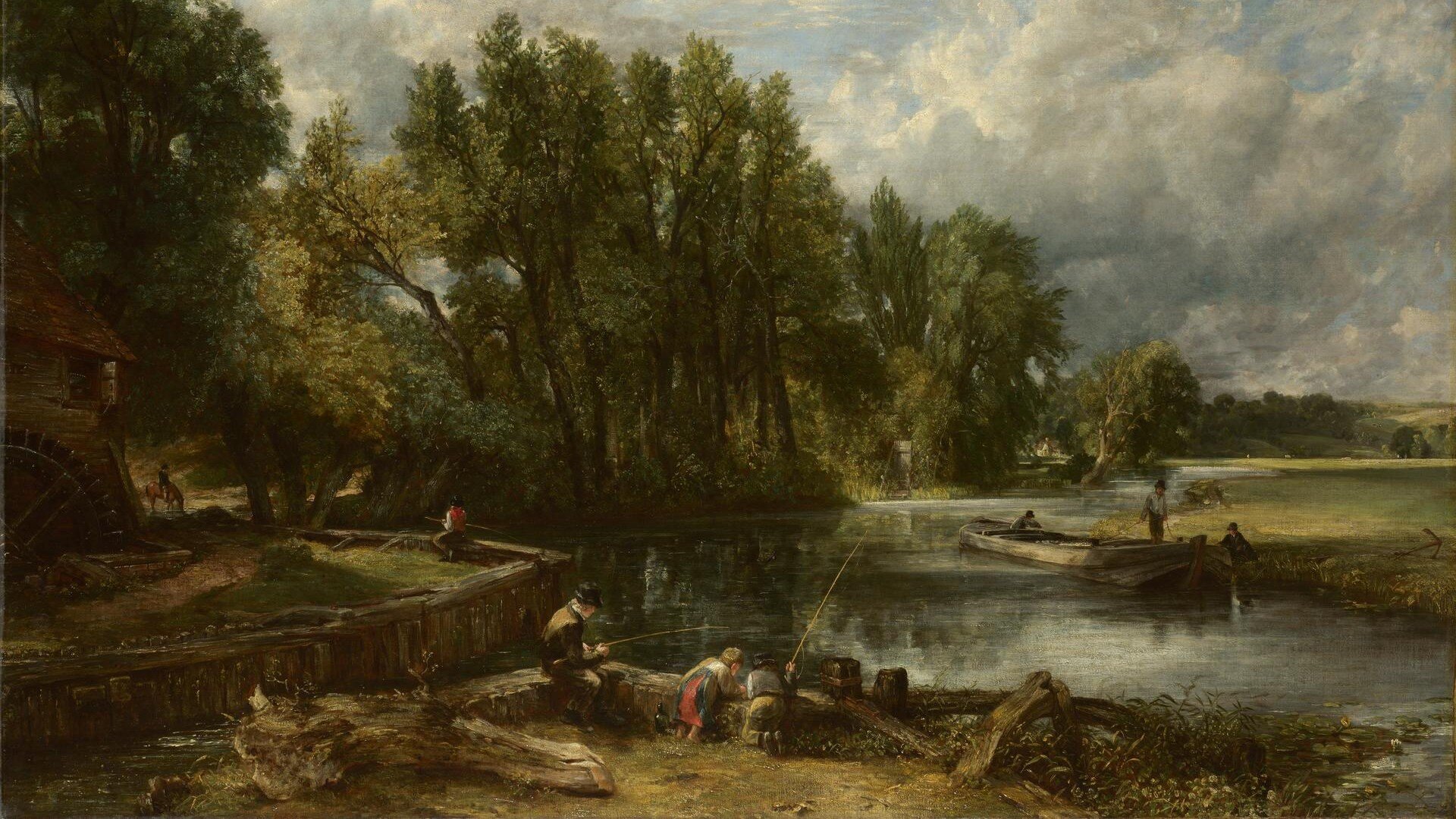Fishing
Cumberland Valley, Pennsylvania, where Whistlestop Bookshop is situated, is generously watered and drained by creeks renowned for their fishing. Conodoguinet Creek, which flows about 100 miles to the Susquehanna River and is nearest to Carlisle, is actually better known for the fishing in its two tributaries, Big Spring Creek out of the Newville area (only 5 miles) and Letort Spring Run, which arises south of Carlisle and flows north 9 miles to the Conodoguinet. The Yellow Breeches Creek, which flows along South Mountain for 56 miles to the Susquehanna, is internationally famous for its trout fishing.
Naturally, a trout-fishing and especially a fly-fishing culture has developed, sometimes thought to be mostly local, sometimes acknowledged to be of world interest — the world that loves the quiet and focus and solitary rewards of fly-fishing. Rarely, the local zen masters of fishing wrote books. Charlie Fox was once a customer of Whistlestop, and Joe Humphreys is still in print and in fact the subject of a documentary we carry. Fishing does inspire fine writing, after all — the names of Izaak Walton, Norman MacLean, Thomas McGuane, Patrick McManus, John Gierach suggest the range of approaches in writing about “standing in a river waving a stick,” to use Gierach’s famous descripton.
Dedicated to the memory of a great fisherman and an even better brother, Gordon Wood (1956-2020).
Searching for Home Waters: A Brook Trout Pilgrimage
Searching for Home Waters: A Brook Trout Pilgrimage
The brook trout (Salvelinus fontinalis) is an iconic species among fly anglers and cold-water conservationists in eastern North America. This fish registers as a powerful symbol for its beauty and its imagery in art and literature. Its presence also tells us a great deal about the health of the larger environment. When an angler has a brook trout in hand, there is confidence that the water is close to pristine. Besides being an important indicator species, the brook trout, with its gold and reddish markings and its camouflaged green and black back, is one of the most beautiful freshwater fish in North America. And beyond the beauty of the fish itself, the environment in which it is found is also part of its past and present appeal. To fish for brook trout is often to fish in the last remote and rugged landscapes in the East, “fishscapes” that have not been polluted by stocking trucks that dump nonnative brown and rainbow trout in most of the East’s accessible cold waterways.
Searching for Home Waters is part science, part environmental history, and part personal journey of the author, Michael K. Steinberg, and those he interviewed during his travels. The work takes a broad perspective that examines the status of brook trout in the eastern United States, employing a “landscape” approach. In other words, brook trout do not exist in a vacuum; they are impacted by logging, agriculture, fishing policies, suburban development, mining, air pollution, and climate change. Thus, while the book focuses specifically on the status and management of the brook trout—from Georgia to Labrador—it also tells the larger story of the status of the eastern environment. As a “pilgrimage,” this book is also a journey of the heart and contains Steinberg’s personal reflections on his relationship with the brook trout and its geography.
MICHAEL K. STEINBERG is a professor of geography at the University of Alabama in the department of geography at New College, where he is the director of the environmental studies minor and coeditor of FOCUS on Geography. His research has been published in numerous professional and general-interest journals, including Conservation and Society, Conservation Biology, Economic Botany, Environmental Biology of Fishes, Geographical Review, and Professional Geographer. His other books include Dangerous Harvest: Drug Plants and the Transformation of Indigenous Landscapes and Stalking the Ghost Bird: The Elusive Ivory-Billed Woodpecker in Louisiana. He lives in Birmingham, Alabama.

